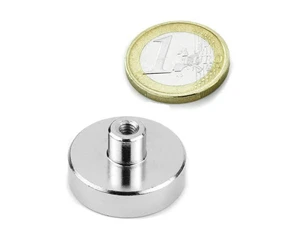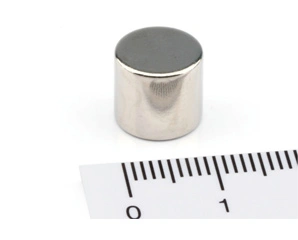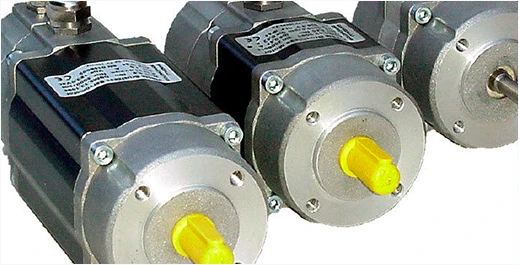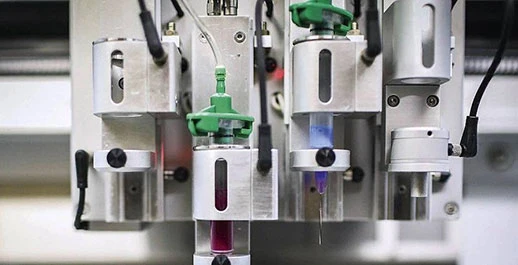Neodymium cube magnets, also known as rare earth magnets, are powerful and versatile tools that can be used to interact with other magnets and objects. In this article, we’ll explore the different ways that neodymium cube magnets can interact with other magnets, objects, and materials.

One of the most common and obvious ways that neodymium cube magnets interact with other magnets is through attraction. Neodymium cube magnets are incredibly powerful and can attract objects from a distance of several inches. When two neodymium cube magnets are brought together, the force of attraction between them can be surprisingly strong. This is due to the fact that the magnetic fields of both magnets interact with each other, creating a stronger force.
In addition to attracting each other, neodymium cube magnets can also repel other magnets. This occurs when two magnets are facing the same pole and are brought together. The magnetic fields of the two magnets repel each other, creating a force that pushes the magnets away from each other. This repulsion can be used to move objects in a specific direction or to create motion in a motor.
Neodymium cube magnets can also interact with objects other than magnets. These objects include metal objects such as nails and screws, as well as items made of non-magnetic materials such as wood and plastic. When a neodymium cube magnet is brought close to a metal object, the magnet can attract the object, causing it to move toward the magnet. The force of attraction is strongest when the magnet is closest to the object.
Neodymium cube magnets are incredibly powerful and versatile tools that can be used to interact with other magnets, objects, and materials. These magnets can attract and repel other magnets, as well as attract metal objects and objects made of non-magnetic materials. By understanding the different ways that neodymium cube magnets can interact with other objects, we can harness the power of these magnets to move objects and create motion.






